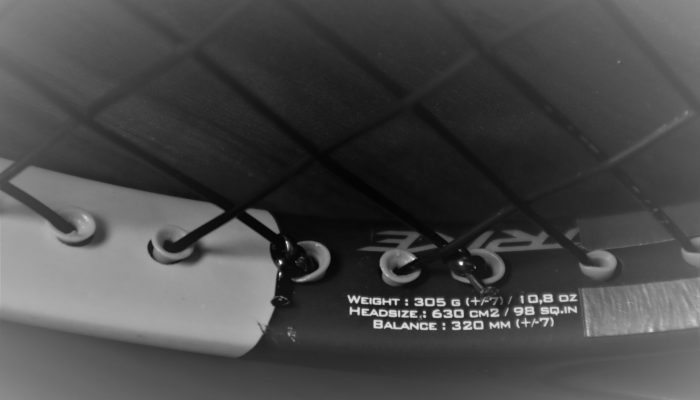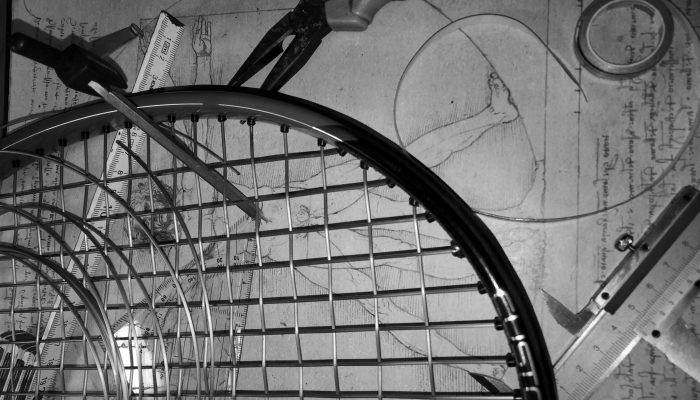Why impact?
Everyone should be aware how he or she builds his racket ceiling and in what areas the ceiling is the highest and then build your game around that. Coaches are often too focused on making players do everything well, jet the best players only do a couple of things exceptionally well and they build their game around that. It’s easy to play with an all-around good racket, but you can’t excel in any area and thus your ceiling as a player is lower.
For me at first it was all about improving my understanding of the game, that helped me improve. It was something I could work on when I was off court. But now it’s all about comments like:
“I haven’t thought of tennis like this before.”
“I didn’t think I can play like this before.”
“I can pull of shots that I couldn’t before.”
Comments like this, from players that I helped, due to my understanding of the game from an engineers perspective, inspired me to make this page. I love to see players succeed, knowing that I made an impact on their game.
Eliminating variance
The weight, balance and swingweight between the same model of rackets vary because of manufacturing tolerances. As shown on the picture below they even print the tolerances on the racket.

The +- 7 g and +- 7 mm may not seem like much, but try playing with 2 rackets in the opposite tails of that distribution and you’ll know what I’m talking about. And this is just the weight and balance, things get much more complicated when we try to figure out where the missing or the extra 7 g are located. If you want any kind of consistent specifications among your rackets or you want to change some parameters for a specific purpose, it’s essential to know and to calculate mass, balance, swingweight, MGR/I etc. of every racket in your bag and not assume that the racket has the specifications of the advertised average.
It's all about personalizing. You can't buy personalized tennis equipment in a store.
Years of experiences of playing tennis, customizing, observing the effects of many different racket setups, collecting data of top professional player’s racket specs, comparing their specs with what they can do on the court and experiment with just about everything by my self…all that combined with the problem-solving approach of a mechanical engineer, over the years gave me a deep technical understanding of the game.

To achieve the highest ceiling, every racket set up requires a different serve motion, a different swing path on the forehand and backhand side. Some set ups are good for hitting flatter, some produce a spinnier ball, some are better for volleys, servers, some are good for two handed backhands some for 1 handed backhands and so on.